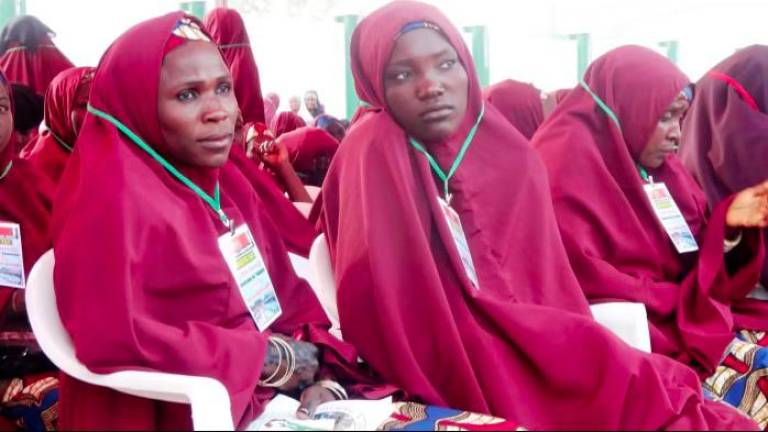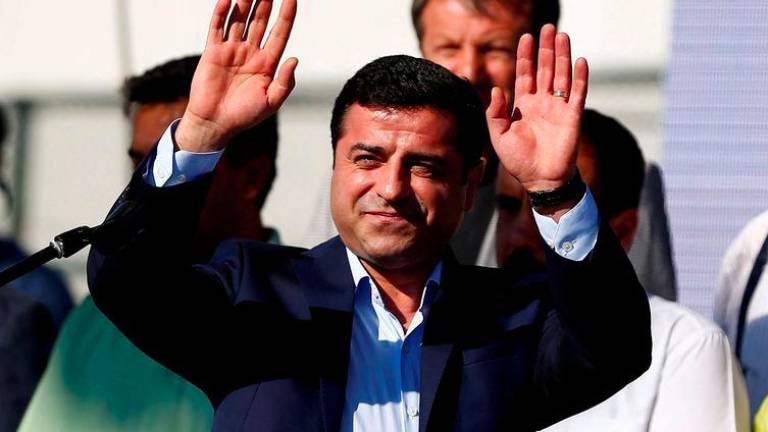THE Unilever estates do not work independently, as I found out in Pamol. Many outsiders, such as scientists, were involved in finding ways to improve results. They had the chance to travel to many countries, observing and providing valuable advice.
One such person was Eric Rosenquist, an energetic Englishman. He was an agronomist and served as an advisor to Unilever’s plantations.
He embarked on a tour covering Nigeria, Cameroon, Ghana and Congo. I asked numerous questions to him. His expertise was on the specific requirements of palm trees to surpass the average production annually.
We stood amid the young oil palm grove, parting the dark green fronds to examine closely. It was plain to see that Rosenquist loved looking at the shiny black bunches, which could weigh around 10kg each. They would turn red when ripe.
The harvester would cut it with a chisel, collecting any loose fruit that had dropped. As the palms got older, the bunches grew bigger, well over 20kg each.
Rosenquist would also check the rainfall records to see if a water deficit was likely to occur.
He said: “Water deficit would make the palms produce fewer bunches. Although we have heavy rainfall, we must try to conserve the water. We have to grow pure legume covers for young palms to stay moist. When we cut the fronds, we must stack them across the slopes so the soil run-off is not severe.”
Another scientist, Dr Hereward Corley, would also visit from his base at the Kumpulan Guthrie plantations in Layang Layang a few miles away.
He worked for a research body funded by a few plantation companies. He conducted experiments on planting density, to vary it from the standard 136 palms per hectare, exploring whether a higher density or a different planting design could increase yield.
Corley was a young man and his gray hair extended to his collar. His mind worked fast, but some mistook him for being slow because he did not respond if anyone tried to impress him by elaborating.
“I do not mind if someone has original ideas, but I do not appreciate empty talk.”
He had a way to test how the palms reacted to drought or nutrient deficiencies. He and his men would cut the palms and record the numbers of female flowers formed deep inside the crown, and noted the timing when the flowers failed to grow into bunches or were aborted. He was able to work out when the crop was likely to fall after a drought.
Corley would present his findings at the international conferences in Kuala Lumpur, wearing slippers and a T-shirt, his normal attire, going against the trend of wearing suits or bush jackets.
I saw that his grammar, spelling and his figures were flawless.
Author Brian Wood also visited my area. I had read his book by him titled Pests of Oil Palm in Malaysia and their Control by him.
I also read the book written by CWS Hartley, The Oil Palm . The book was later updated by Corley and his associate PB Tinker. They figured out that the oil palm yield could increase if every aspect went well.
The book Oil Palm Cultivation and Management written by PD Turner and RA Gillbanks, both seasoned experts with international experience, was also useful.
I used to listen as the scientists talked about their work and what they had observed in countries such as Congo and Nigeria, and closer to home, such as Indonesia and Laos.
As the number of visitors grew, including the Unilever auditors, I focused on listening. They did their research, going through the files on purchasing and payments to identify any discrepancies. I stayed close to learn about their auditing methods and to understand their observations from other locations.
However, I knew that I would not have the chance to travel as these visitors. As a planter, my job was to oversee the day-to-day work in the assigned area.
On leading the team, I found that it was more effective to set an example, turning up where I was needed, sending my monthly reports on time and getting the crop that was expected each month. I had experienced supervisors and staff to help me.
If I faced management challenges, I turned to senior planters Gordon McCulloch and Harold Speldewinde. Each of them would join me for dinner and share how to address those vexing problems.
I sensed I may be stuck in the same job for years. While I didn’t get to travel, I aimed to be different.
The chances for promotion were slim. I needed to look older so I grew a mustache and smoked a pipe. To broaden my views, I joined the Incorporate Society of Planters as a committee member, eventually becoming the national chairman in 1974. I traveled to Kedah and Sarawak to deliver speeches, engage with members and exchange insights about our work.
I also made mistakes, but I tried to address and rectify them. As long as I did not repeat the same mistake, I could get away with it.
The chairman of the company’s main concern was that I was spending too much time away from the estate, fearing it could impact the performance of the place. It was evident that he was already questioning my motives.
The writer has extensive experience in the management of oil palm plantations.
Comments: letters@thesundaily.com










